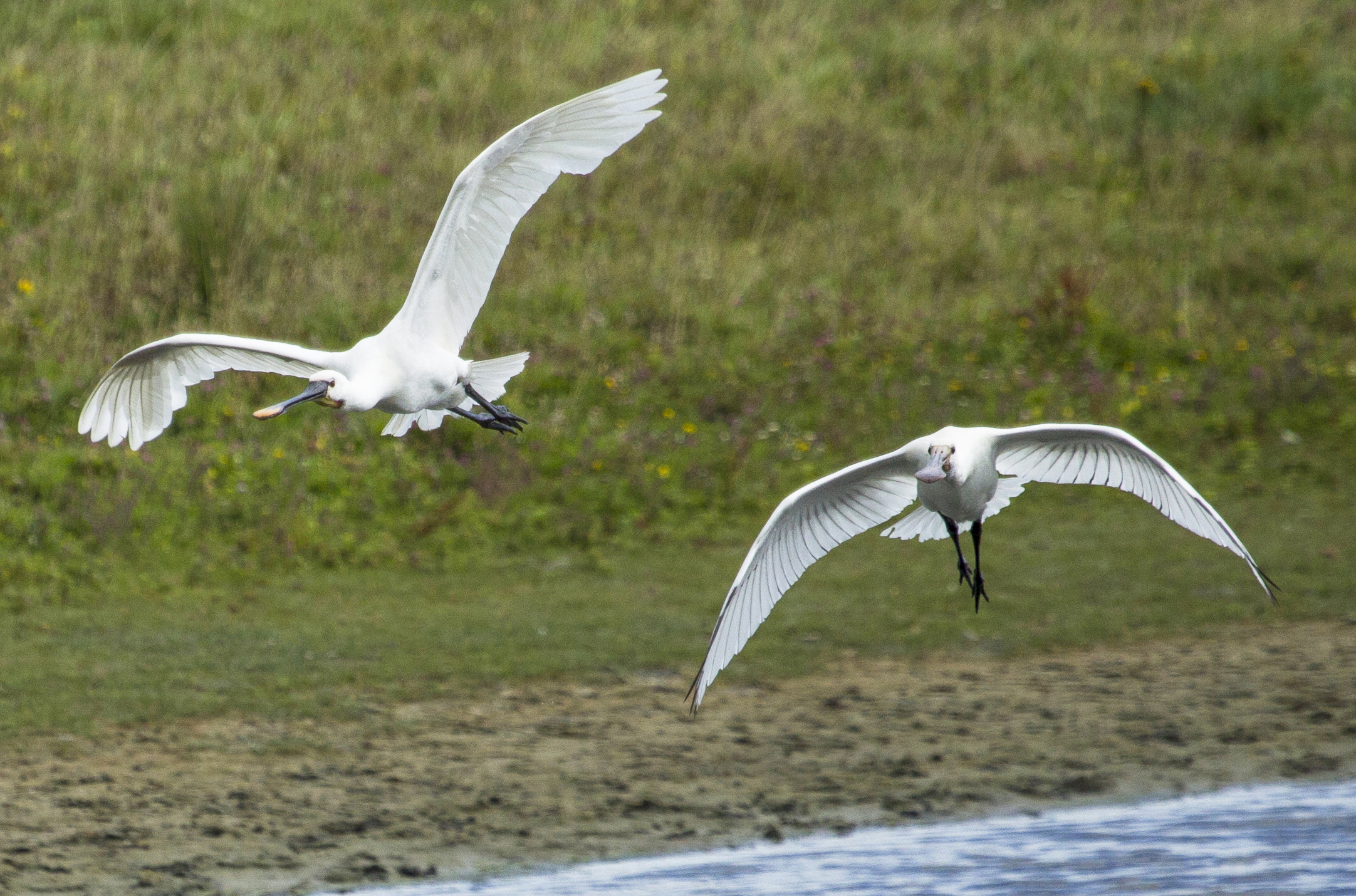The migration of birds is perhaps one of the most fascinating phenomena in our nature
Every year, billions of migratory birds travel from one side of the earth to the other and back again. They fly hundreds of kilometers at a stretch, braving many dangers along the way. The national parks along the Dutch coast are "safe havens" for these long-distance flyers. The national parks along the eastern border of the Netherlands are particularly important for both short- and long-distance migrants due to the ideal resting places for birds during their journey. You can read here where you can spot which migratory birds.












